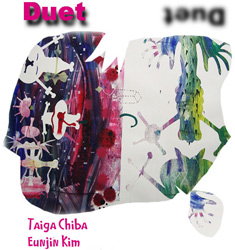green prints and more
I’ve been browsing through Cedric Green’s website. Green is an artist/printmaker who has carried out research into safer methods of making prints and eliminating the toxic acids and solvents traditionally used. He has revived some 19th century electrolytic methods for etching and making plates which he has called Galv-Etch, and discovered a new electrochemical mordant to use with zinc plates, called Bordeaux Etch. He has documented this research in articles, a free booklet entitled “Green Prints” and in a website containing most of the content of the booklet. There is a lot of useful reading for printmakers and artists interested in exploring the medium.
While I was still imagining making green prints, I read Beth’s lovely post on Green, the colour of Vermont – do go read it!
This in turn made me think about colour symbolism. Common symbols associated with green are “nature, environment, healthy, good luck, renewal, youth, vigor, spring, generosity, fertility, jealousy, inexperience, envy, misfortune.” Yet this differs according to culture – check this out.
Finnish readers may be interested in Coloria, a comprehensive site totally devoted to the study of colour (mentioned here earlier). She has several pages of fascinating information about green, such as the numerous names for the numerous shades and phrases in different languages using green such as “green eyed monster”.
Strange how my mind has wandered around with this word “green”….







